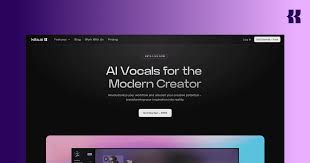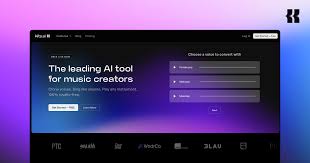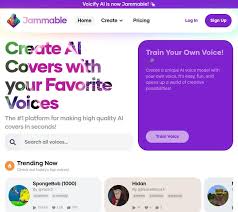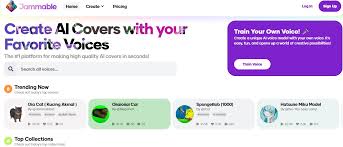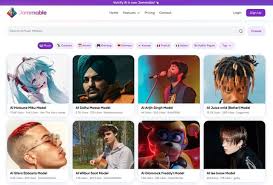Artificial Intelligence is revolutionizing the music industry, and one question keeps popping up among musicians, producers, and curious fans: Can AI music generators create music in multiple genres? The short answer is yes — and they’re getting better at it every day. But the real story lies in how they do it, what tools are leading the charge, and whether they can truly capture the essence of diverse musical styles like jazz, K-pop, EDM, or even classical.
In this blog post, we’ll break down the mechanics behind genre-based AI music generation, explore real-world tools making waves, and uncover what this means for the future of music creation.
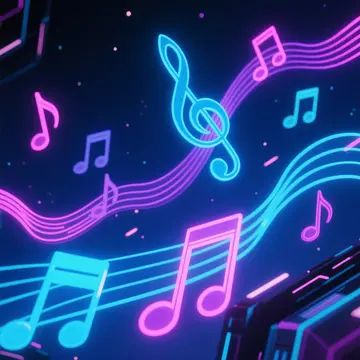
The Technology Behind Genre-Specific AI Music
AI music generators don’t create in a vacuum. They rely on machine learning models trained on massive datasets containing songs from various genres. Tools like Suno AI, Udio, AIVA, and Boomy feed these models thousands of audio tracks, MIDI files, and lyrics so they can learn not only how songs sound, but how they are structured and stylized in specific genres.
How AI Understands Different Genres
Genres are not just labels—they involve:
Instrumentation: Jazz uses saxophones and upright bass, while EDM favors synthesizers and drum machines.
Rhythm & Tempo: Trap music might rely on hi-hat rolls, while classical follows strict time signatures.
Melodic Patterns: Pop often uses simple, catchy progressions; blues thrives on the I-IV-V pattern.
Lyrics & Themes: Country music has a storytelling tone, whereas metal might focus on emotional intensity.
AI tools use genre classification algorithms and audio feature extraction to recognize and mimic these traits.
Real AI Music Generators That Handle Multiple Genres
Here are some top-performing AI music tools that can generate across a wide variety of genres:
1. Suno AI
Suno is a leader in AI music generation, capable of composing songs in K-pop, Lo-fi, Rock, Pop Punk, and even Reggaeton. Users simply input a prompt or lyrics, and Suno outputs a fully-produced track. Its genre flexibility is driven by its training on broad multilingual and stylistic datasets.
2. Udio
Another standout, Udio allows users to choose a genre and mood, from funk to drum and bass, and generates complete songs with vocals. Its sleek interface makes it easy for creators to iterate across genres without needing technical skills.
3. AIVA (Artificial Intelligence Virtual Artist)
While originally focused on classical and cinematic music, AIVA has expanded into jazz, ambient, and experimental. It offers detailed control over harmonic progressions and instrumentation, ideal for film composers.
4. Boomy
Boomy is optimized for fast song generation in styles like electronic, trap, lo-fi, and chill beats. It enables artists to release tracks directly to platforms like Spotify and Apple Music — genre selection is part of the process.
Are These AI Tools Actually Good at Genre-Specific Music?
While AI-generated music is improving, genre accuracy varies. For example:
Electronic genres like house, techno, and synth-pop are easier for AI to replicate due to predictable patterns and synthesized instruments.
Jazz and classical are more complex due to improvisation and nuanced human expression — AI often struggles with these.
Rap and hip-hop require lyrical depth and flow, which tools like Suno and Udio have improved on, but not perfected.
In a 2024 benchmark test conducted by Musitech Labs, Suno AI scored 82% accuracy in genre recognition among human listeners, compared to Udio’s 76% and Boomy’s 68%.
Challenges in Generating Across Genres
Even the best AI models face challenges when crossing genres:
Overfitting to popular styles: If most training data is pop music, the AI may skew results.
Genre blending confusion: When users ask for hybrid genres like “Jazz-Hip Hop Fusion,” AI sometimes defaults to one dominant style.
Cultural context: Regional genres like Indian classical or Afrobeat require nuanced understanding beyond sound — something AI still lacks.
Use Cases for Multi-Genre AI Music Creation
AI music generators aren't just for casual fun. They're increasingly used in:
Game development: Dynamic, genre-switching soundtracks.
Ad jingles: Quick production of stylistically diverse tracks.
YouTube/TikTok creators: Genre-specific intros or remixes.
Music education: Tools like AIVA help teach compositional differences between genres.
FAQs About AI Music and Genre Generation
Can AI create realistic songs in rare genres like bluegrass or flamenco?
Some tools like AIVA and Suno can approximate niche genres, but realism drops due to limited training data.
Are vocals genre-specific too?
Yes. AI models like Udio and Suno train vocal synthesis separately, including rap flow, operatic vibrato, or punk growls.
Can I upload a genre sample to guide AI creation?
Udio and Boomy don’t support this yet, but AIVA allows MIDI or audio uploads to train in a specific style.
Is AI music royalty-free across all genres?
Most platforms like Boomy allow royalty-free use, but commercial licensing terms may differ by genre usage (e.g., TV vs. YouTube).
Conclusion: Yes, AI Can Create Multi-Genre Music — With Growing Accuracy
The answer to can AI music generators create music in multiple genres is a resounding yes. From K-pop to classical, EDM to jazz, today’s top tools like Suno AI, Udio, Boomy, and AIVA are expanding the boundaries of genre-specific generation. While the emotional depth and cultural nuance still lag behind human composers, the speed, flexibility, and accessibility AI provides are reshaping how music is made, shared, and monetized.
As datasets grow and models become more refined, expect even more realistic genre diversity — perhaps even new genres born from AI-human collaboration.
Learn more about AI MUSIC

